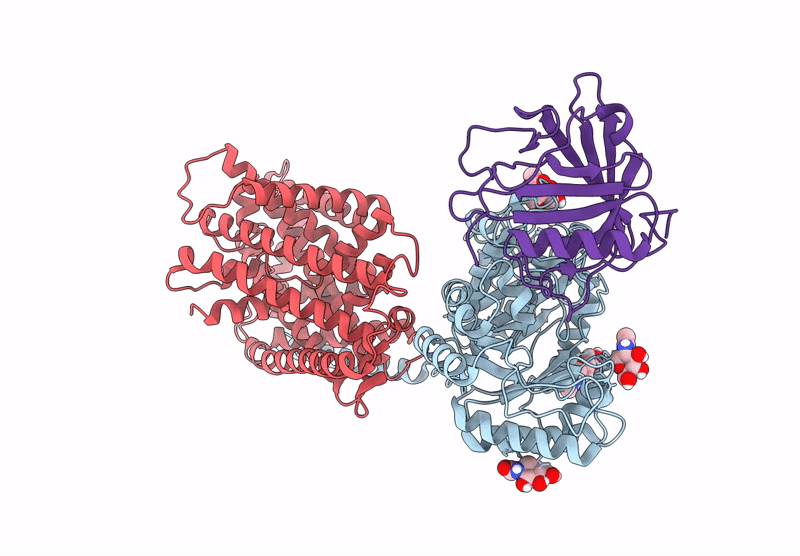
Deposition Date
2022-06-18
Release Date
2022-11-09
Last Version Date
2025-07-09
Entry Detail
PDB ID:
8A6L
Keywords:
Title:
Human 4F2hc-LAT2 heterodimeric amino acid transporter in complex with anticalin D11vs
Biological Source:
Source Organism:
Homo sapiens (Taxon ID: 9606)
Host Organism:
Method Details:
Experimental Method:
Resolution:
3.18 Å
Aggregation State:
PARTICLE
Reconstruction Method:
SINGLE PARTICLE


